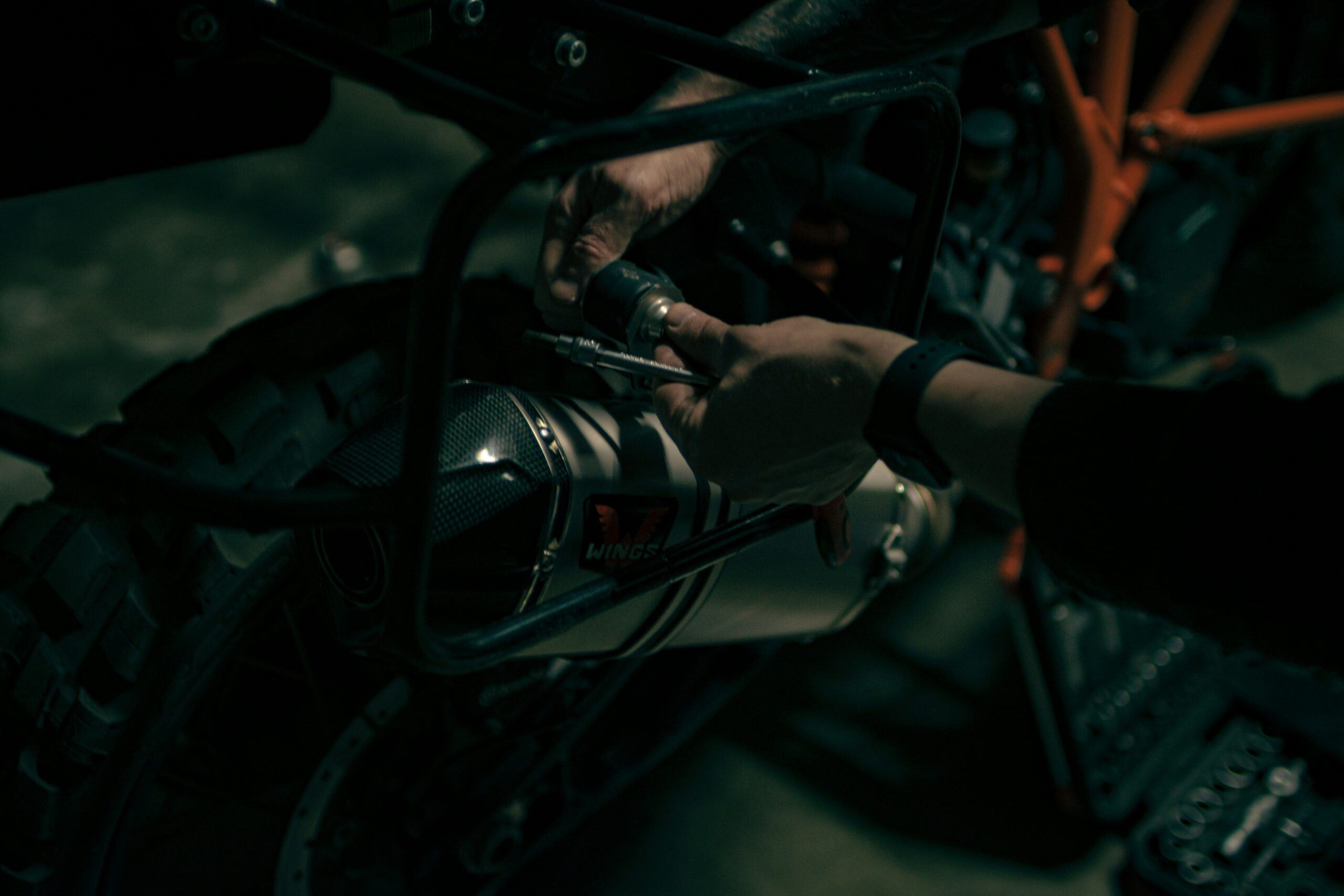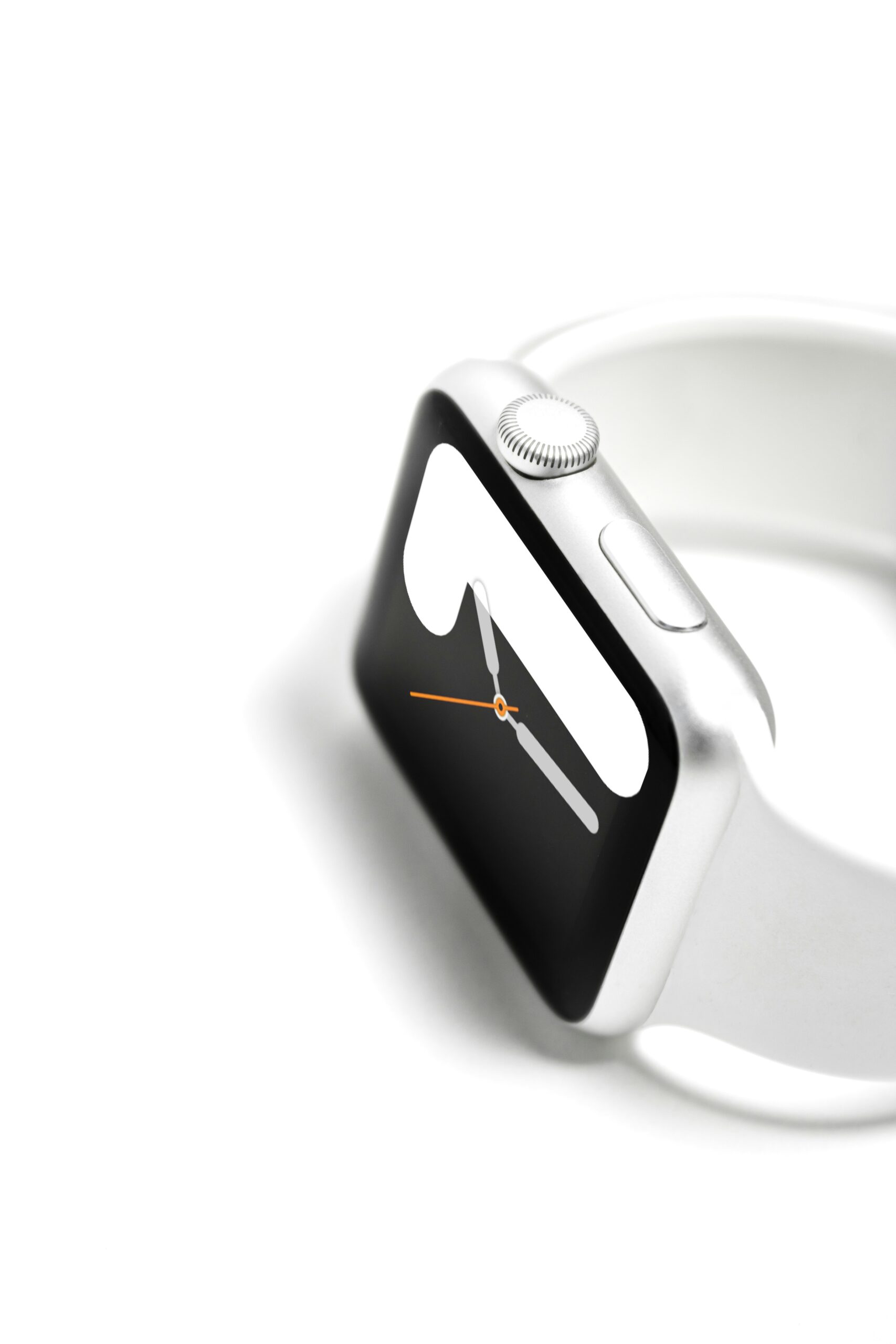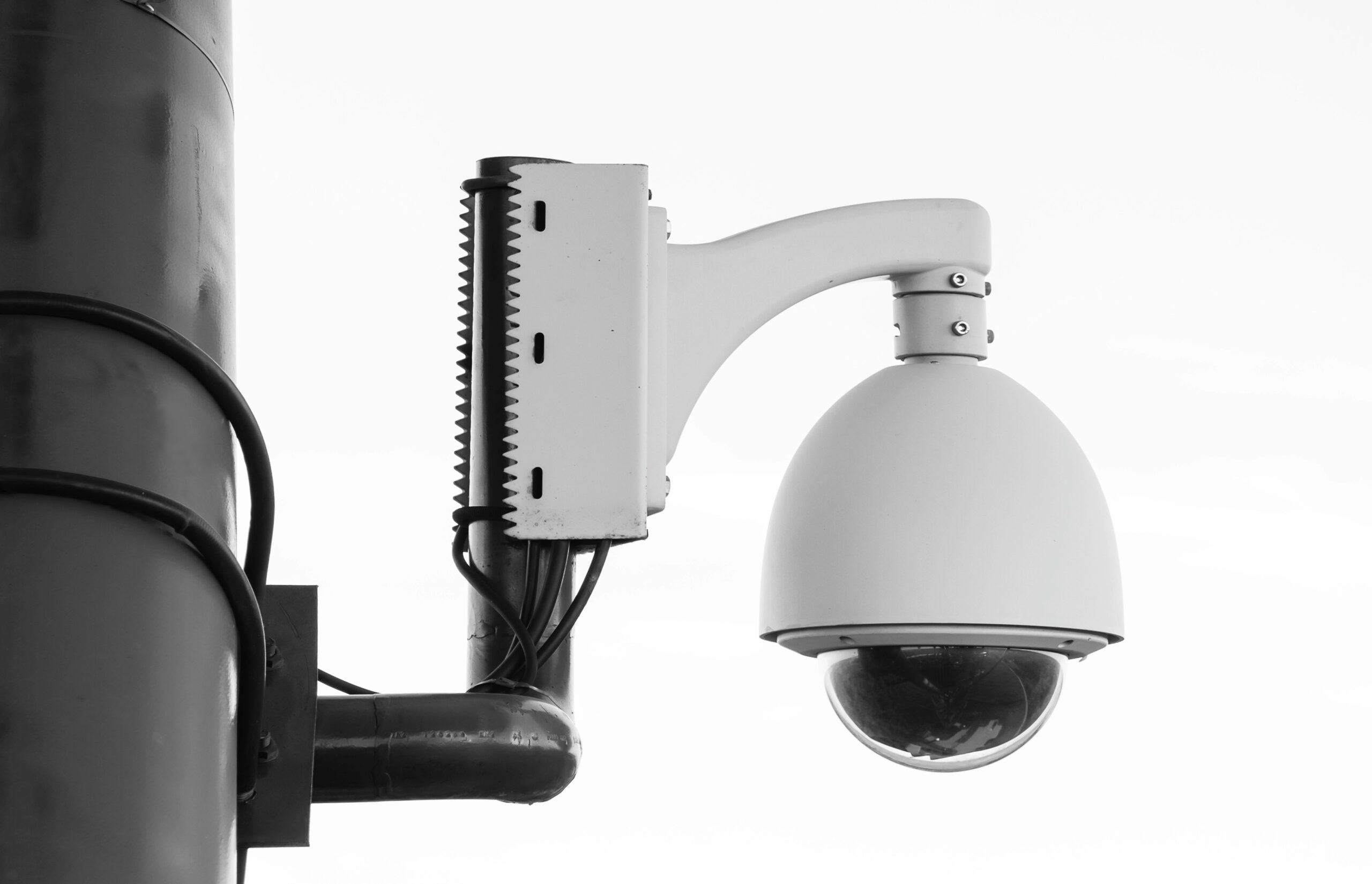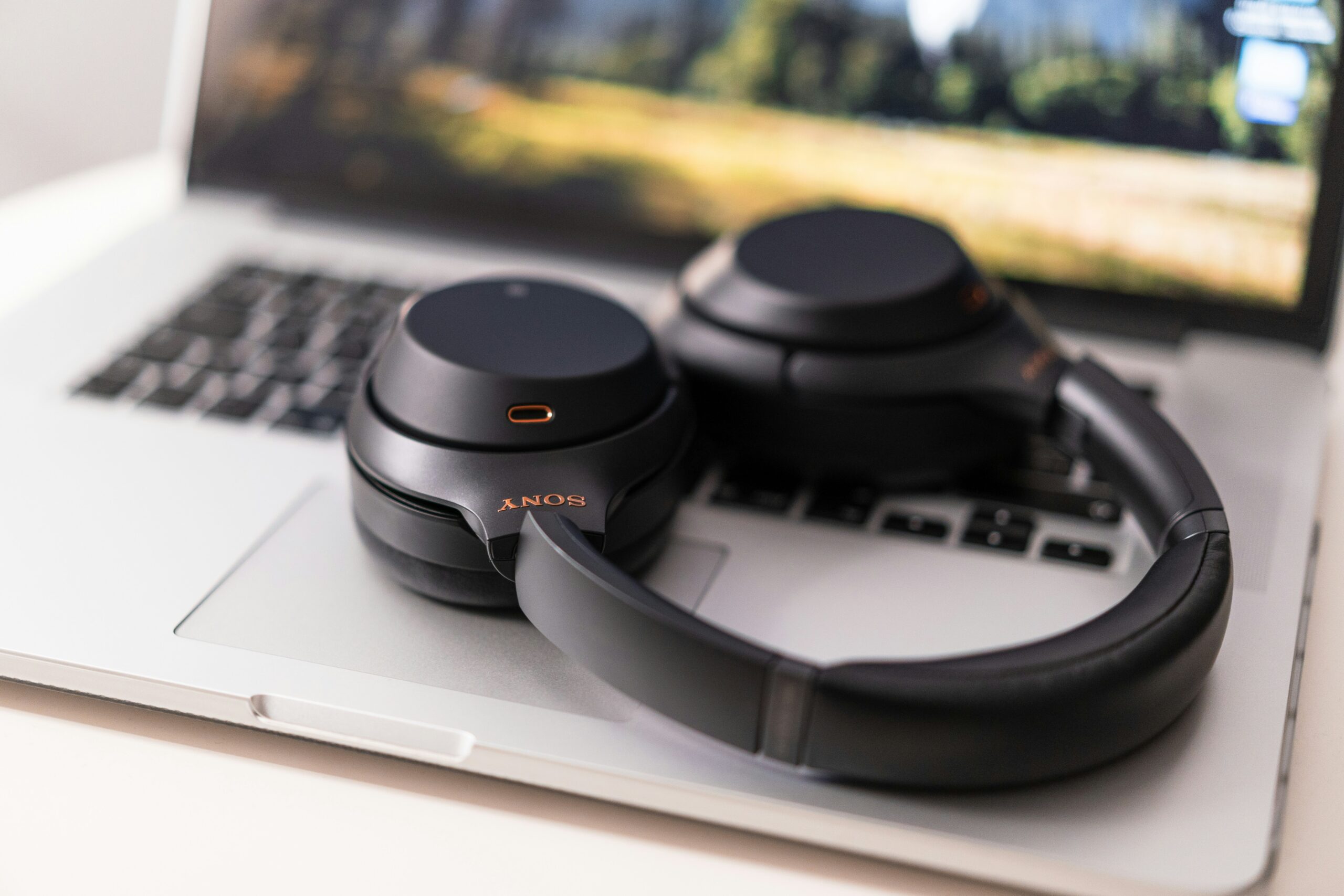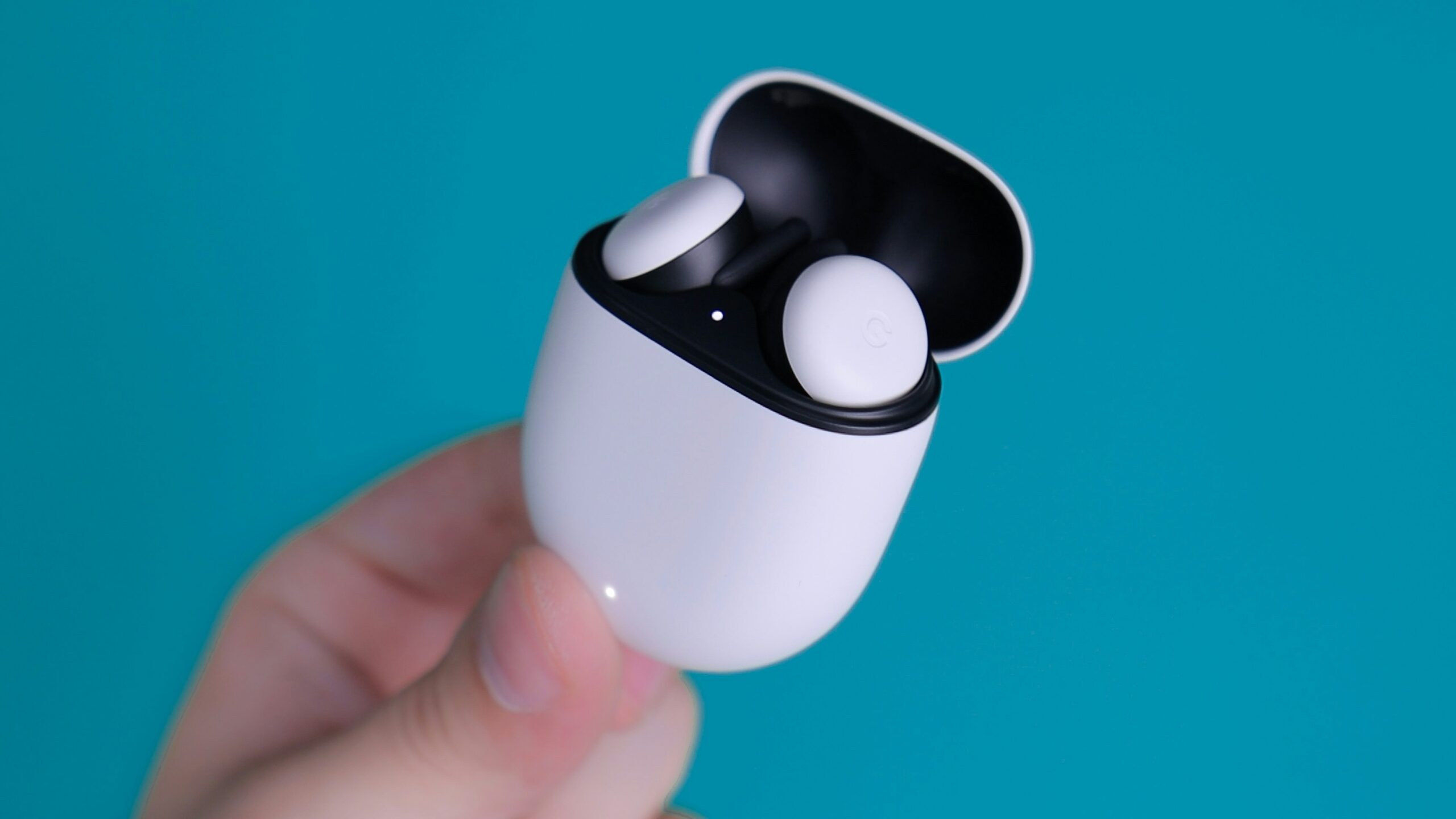Introduction to Smart Garage Door Openers In recent years, the popularity of smart garage door
Introduction to Wearable Health Technology Wearable health technology refers to electronic devices that users can
Introduction to Waterproof Speakers Waterproof speakers represent a technological advancement that caters to the needs
Introduction to Smart Security Systems Smart security systems represent a significant evolution in the realm
Introduction to Noise-Canceling Technology Noise-canceling technology has revolutionized the auditory experience, allowing consumers to enjoy
Introduction to Gaming Accessories Gaming accessories are essential tools designed to enhance the overall gaming
Introduction to Wireless Earbuds Wireless earbuds have revolutionized the way we listen to music, podcasts,
Introduction to DIY Smartphone Repair The concept of DIY smartphone repair has gained significant traction
Introduction to Bluetooth Smart Light Bulbs Bluetooth smart light bulbs represent a significant advancement in
Introduction to Smart Mugs In recent years, the integration of smart technology into everyday items
